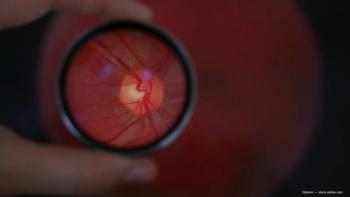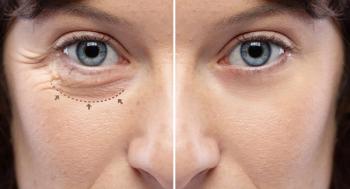
Dr. Pomerance: How the mix of medicine and surgery attracted him to ophthalmology

Tennessee Academy of Ophthalmology’s doctor of the month shares what excites him about ophthalmology, his biggest career challenge, and chocolate as his favorite comfort food.
When and why did you decide to pursue ophthalmology?
While in training for General Surgery at Walter Reed Army Medical Center, I was assigned to the Ophthalmology Department for a rotation. I was immediately attracted to ophthalmology because of the great mix of medicine and surgery. The eye is often the window to the rest of the body and ophthalmologists are often called to assist in the diagnosis of medical conditions unrelated to the eye. Often a routine exam of the eye leads us to a diagnosis that would remain otherwise obscure.
The surgical aspects of this specialty are truly dynamic and unique. During my career, there have been quantum leaps in technology and surgeon capability in ophthalmology. It continues to be exciting for me to go to work every day, since there are always new challenges and new treatments to combat vision loss.
For more of this Q&A with Dr. Pomerance,
Newsletter
Don’t miss out—get Ophthalmology Times updates on the latest clinical advancements and expert interviews, straight to your inbox.









































